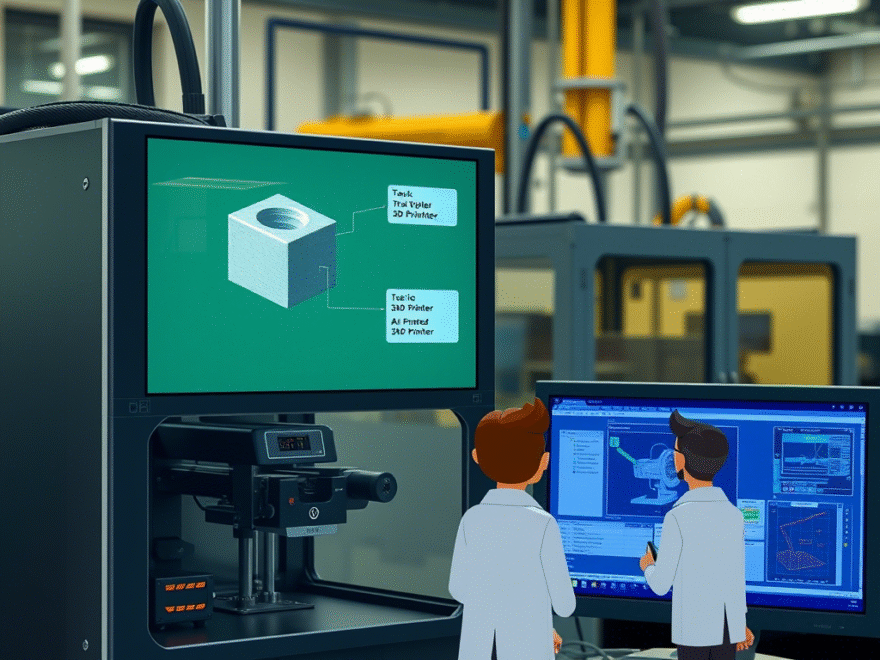Machine Identification Now Possible for 3D-Printed Objects Using AI
Researchers have developed an AI-powered system capable of identifying the exact 3D printer responsible for a given object by analyzing its printed output. A team from the Grainger College of Engineering at the University of Illinois Urbana-Champaign explains that the technology could be used to enhance supply chain management , detect manufacturing issues early , and verify compliance with production standards .
But the mention of “hidden fingerprints” left by 3D printers has caught my attention — especially as someone who loves detective shows like Sherlock , Columbo , Monk , and Fargo . This tech opens the door to some intriguing forensic possibilities , where law enforcement might trace 3D-printed items — such as weapons or counterfeit goods — back to their source.
Implications for Manufacturing, Quality Control, and Trust
According to the Grainger College blog, all it takes is a simple photo of a 3D-printed part to identify its “unique signature” or fingerprint . This breakthrough allows manufacturers to verify not only the design but also the exact origin of a component.
Bill King, a professor of mechanical science and engineering and the lead researcher on the project, expressed amazement at the system’s precision:
“We can print the same design on two identical machines — same model, same settings, same material — and each printer still leaves behind a unique fingerprint that the AI can detect. We’re still surprised it works this well.”
This means companies can now confirm where and how a product was made, without relying solely on supplier claims. The technology opens new doors for quality assurance , supply chain verification , and counterfeit detection , offering an objective way to ensure compliance and build trust across manufacturing networks.
Key Focus: Supplier Management and Quality Assurance
The research team placed particular emphasis on how this AI technology can transform supplier oversight and quality control in manufacturing. By identifying the exact machine used to produce a part, vendors and manufacturers can ensure that third-party producers are using approved equipment, processes, and factory standards — helping maintain consistent quality across production lines.
In testing, the system analyzed smartphone photos of 9,192 printed parts , produced by 21 different 3D printers from six manufacturers, using four distinct fabrication methods. From just 1 square millimeter of surface area, the AI was able to identify the source printer with an impressive 98% accuracy . It raises an interesting question: How high could that accuracy go if more of the part’s surface was analyzed?
A Tool Beyond the Factory Floor
While the system was developed with industrial applications in mind, its potential reaches far beyond. The researchers noted that the “manufacturing fingerprints” their AI detects have essentially been invisible yet present in every 3D-printed object — from aerospace components to medical implants and consumer goods.
“There are thousands of 3D printers in use worldwide, and tens of millions of 3D-printed parts in circulation,” said Bill King. “Each one carries a unique signature that AI can uncover.”
That means the implications aren’t limited to certified manufacturing environments — they also extend to individual users and potentially illicit activities . In other words, if someone uses a 3D printer for illegal purposes, such as creating untraceable firearms or counterfeit products, this AI could help law enforcement track the item back to the specific machine it came from.
